Split rail fences offer a versatile blend of rustic charm, functional boundary marking, and customizable design that enhance any landscape. From traditional zig-zag layouts that require no hardware to modern hybrids incorporating metal and cable, there’s a style to suit every property—from sprawling acreage to cozy cottage gardens. Materials range from classic cedar and reclaimed wood to low-maintenance vinyl alternatives, while accents like stone piers, planter boxes, and solar post-cap lights elevate both aesthetics and utility. Whether you seek to boost curb appeal, enclose livestock, or frame flower beds, these 20 split rail fence ideas demonstrate the breadth of creative possibilities for transforming outdoor spaces.
1. Traditional Zig-Zag Layout
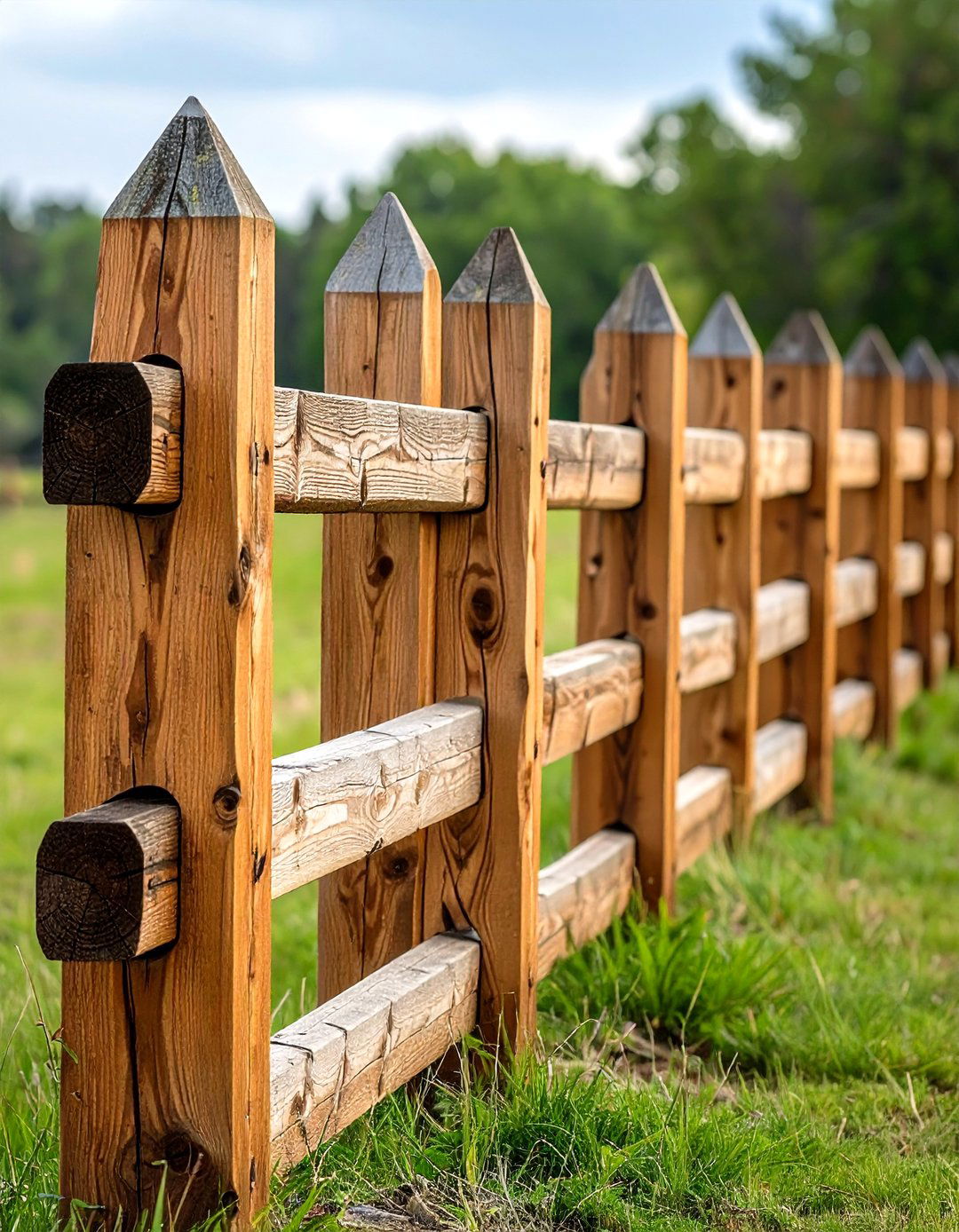
The classic zig-zag configuration, also known as the worm or snake fence, is self-supporting and easy to assemble without nails or hardware. Rails are stacked in an interlocking pattern, providing stability on uneven or rocky terrain where digging post holes is challenging. This design dates back to colonial America, likely introduced by Forest Finn settlers in the 17th century, and remains popular for its straightforward assembly and authentic rustic aesthetic.
2. Three-Rail Design with Wire Infill

A three-rail split fence coupled with woven wire mesh offers enhanced security for livestock and pets without sacrificing charm. The wire infill prevents smaller animals from passing through, making it ideal for horse paddocks or backyard dog runs. Posts can be set deeper for stability, and galvanized wire withstands the elements, extending the fence’s lifespan and ensuring reliable containment.
3. Cedar Wood Rails for Durability
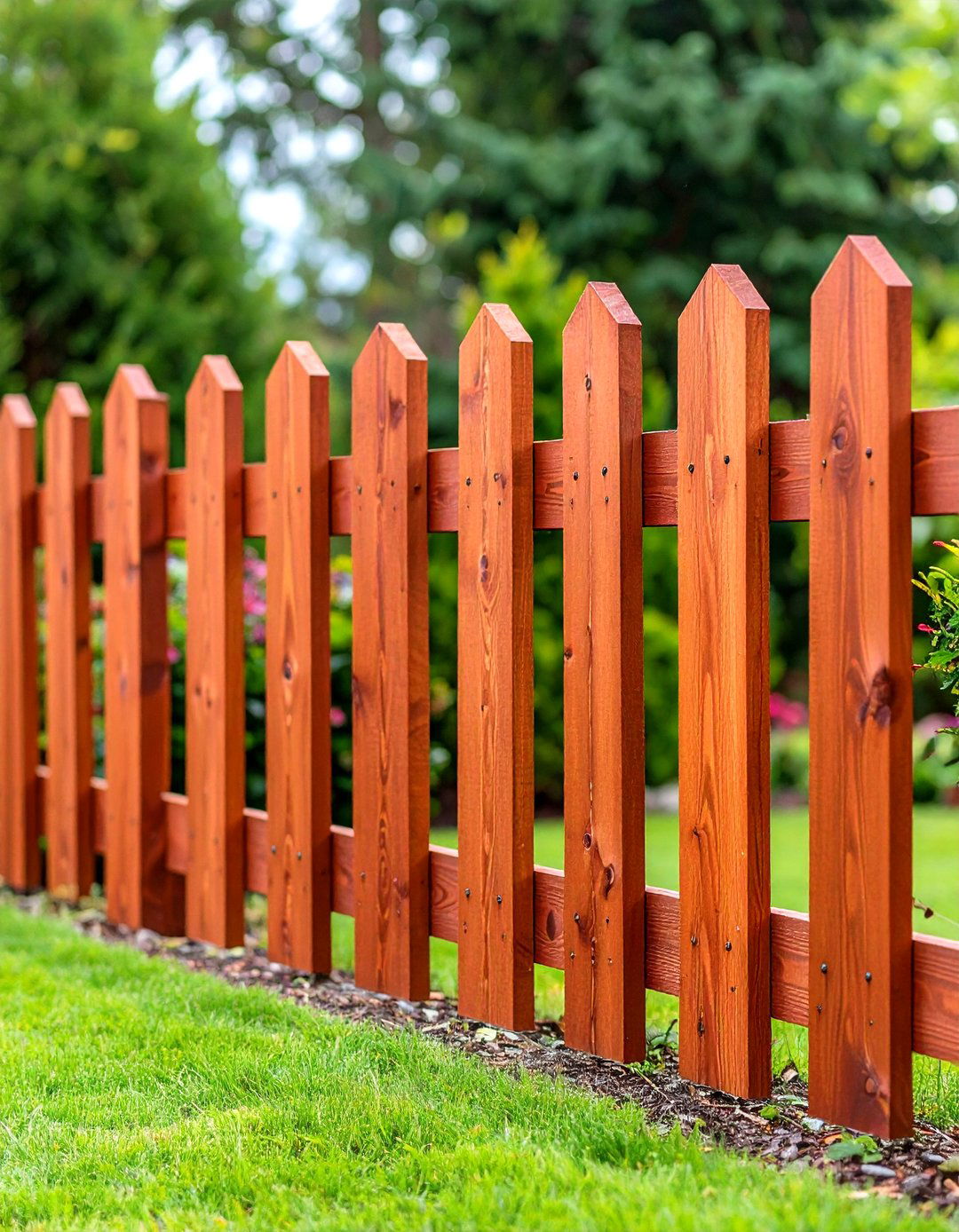
Cedar split rails are prized for their natural rot resistance, insect-repellent properties, and rich reddish hues that weather to a silvery gray over time. While more expensive upfront than pine, cedar requires minimal maintenance and retains structural integrity in harsh climates. Its straight grain and uniform texture also make splitting logs easier and yield consistent rail dimensions for a neater appearance.
4. Stone Pier Accents
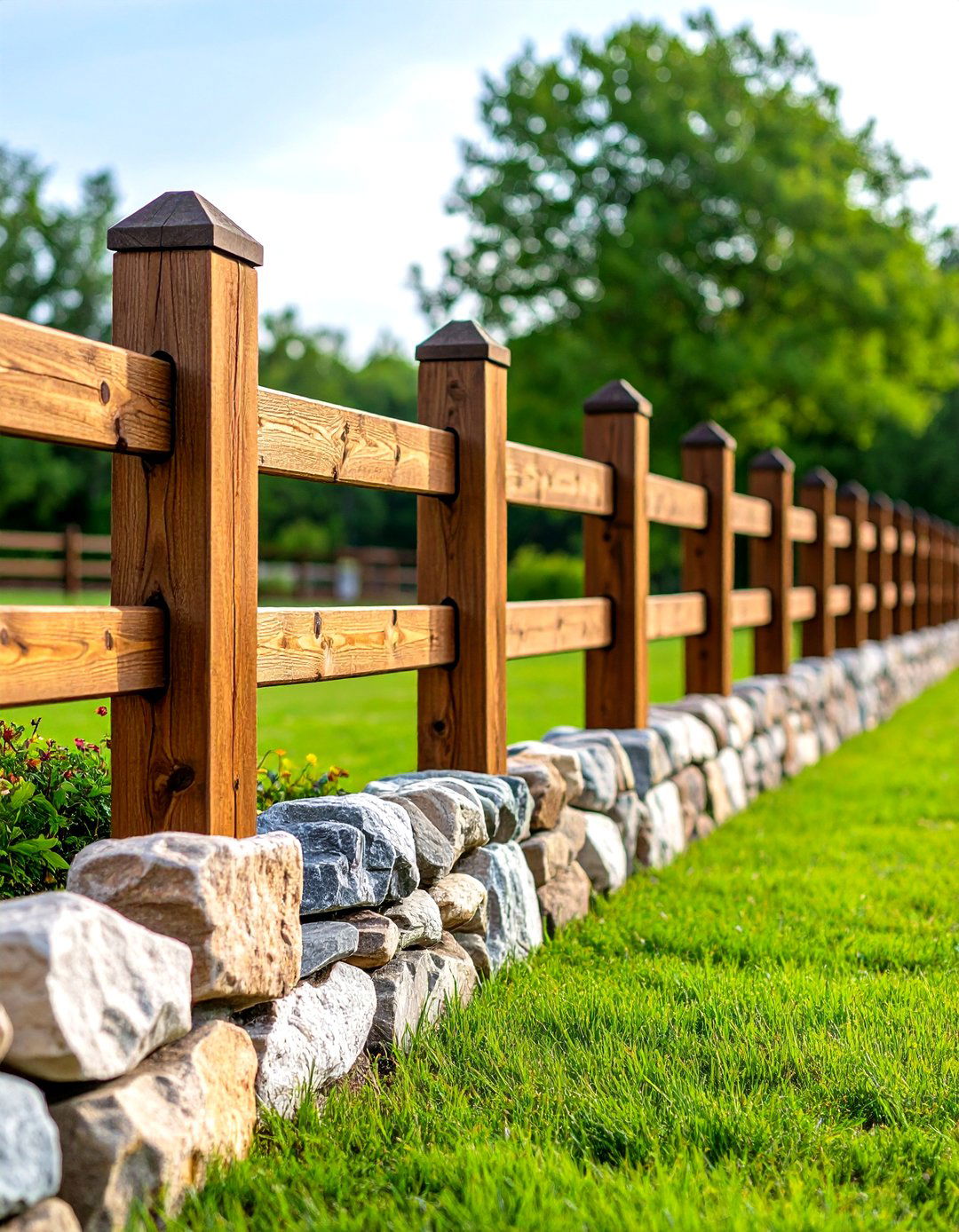
Incorporating stone piers or pillars at regular intervals adds architectural interest and anchors the fence visually. Fieldstone or quarried blocks contrast beautifully with wooden rails, lending a refined meadowland charm. Stone supports also bear greater weight and require less frequent replacement than wooden posts, offering long-term durability and a unique focal point in pastoral settings.
5. Painted Rails for a Pop of Color
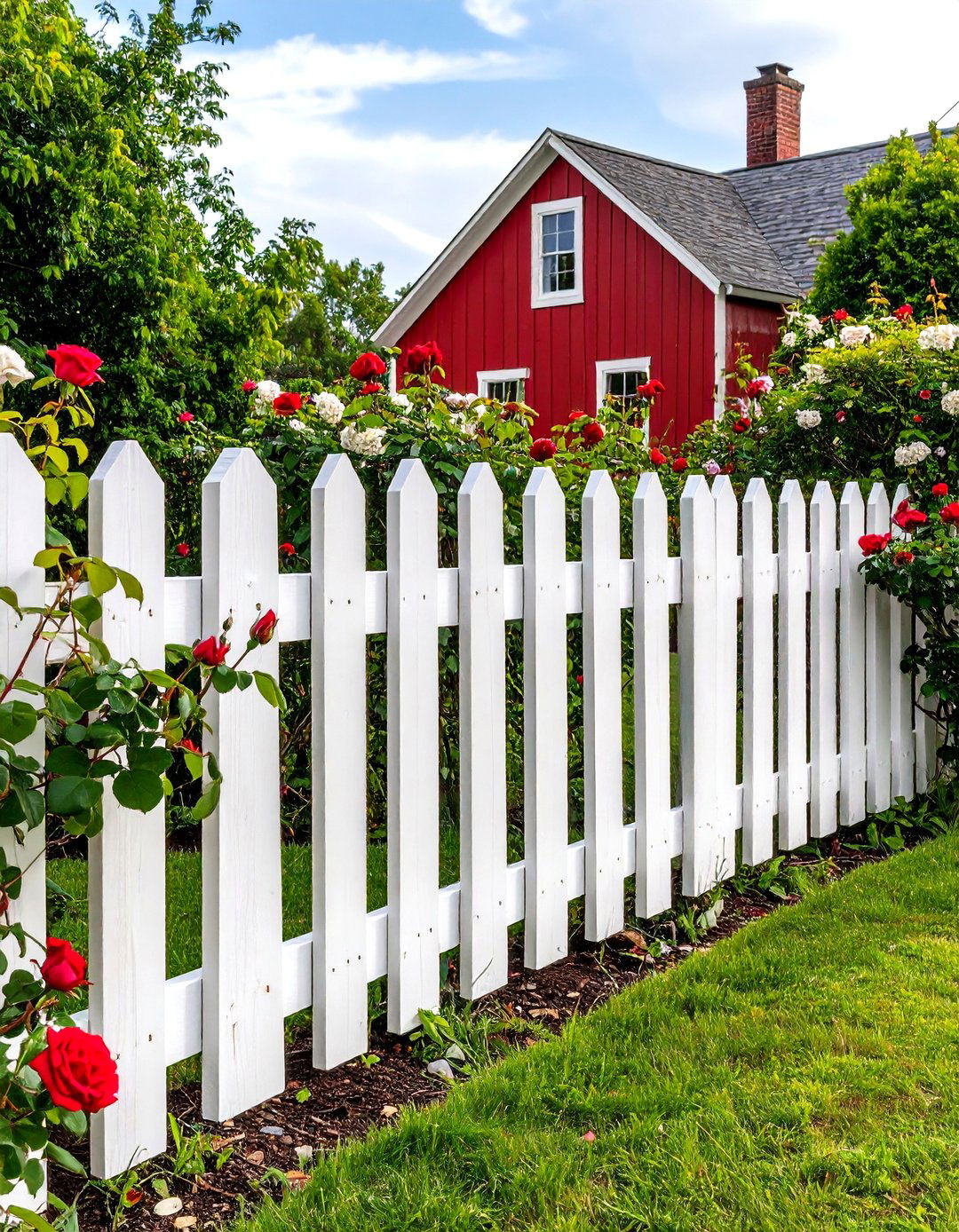
While natural wood tones dominate split rail fences, a coat of durable outdoor paint can infuse personality—think barn-red rails with white posts or soft pastels that harmonize with garden blooms. Painting also adds a protective layer against moisture and UV damage. For a cottage-style look, try cream-colored rails paired with climbing roses or clematis to soften the fence line.
6. Integrated Planter Boxes
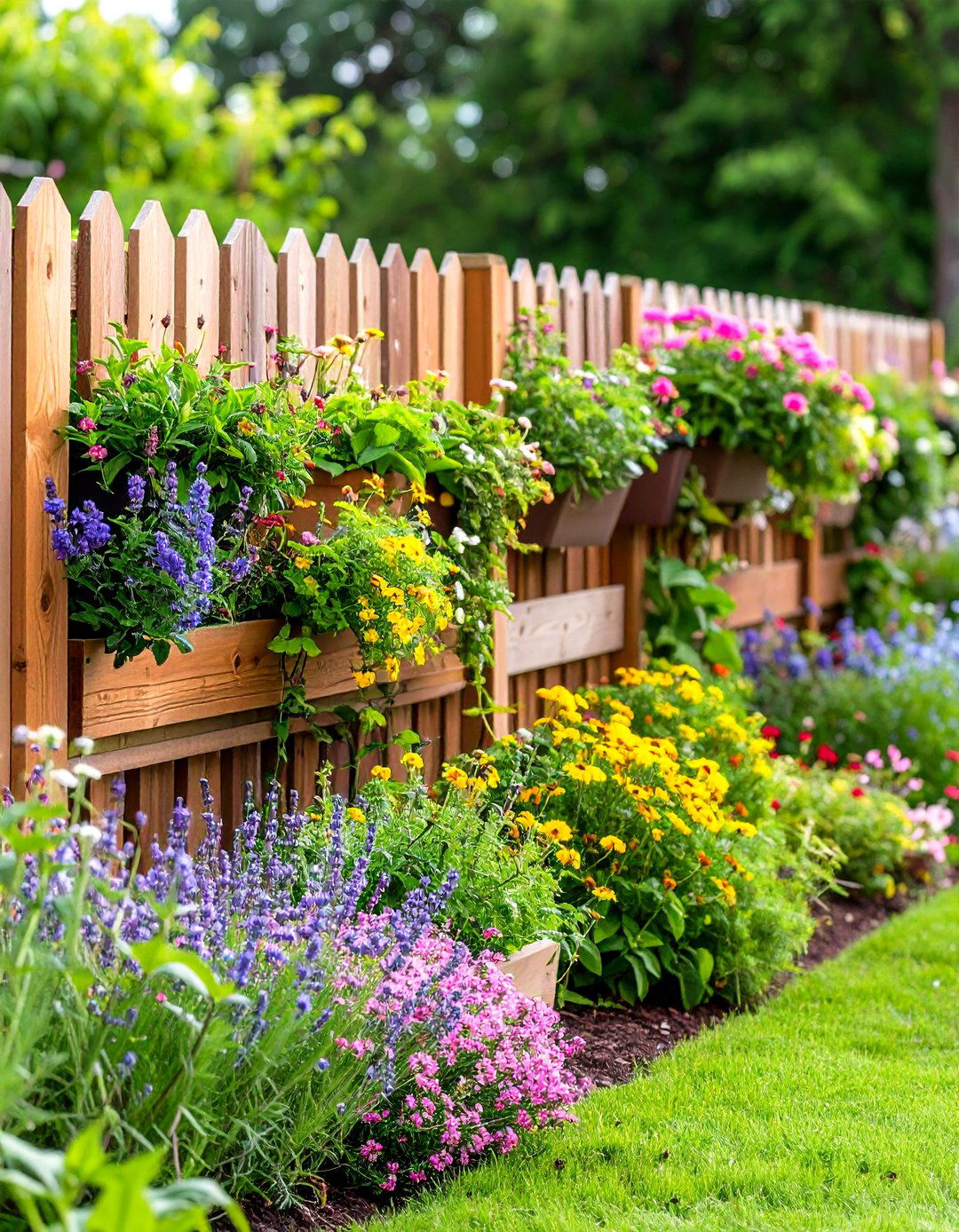
Maximize visual impact by attaching planter boxes directly to the rails or posts. Fill them with trailing vines, annual flowers, or fragrant herbs to create a living fence that blooms in season. This approach transforms the fence into a dynamic garden feature, enhances curb appeal, and offers easy maintenance since plants are at waist height—ideal for avid gardeners or urban homesteads.
7. Garden Border with Ornamental Grasses
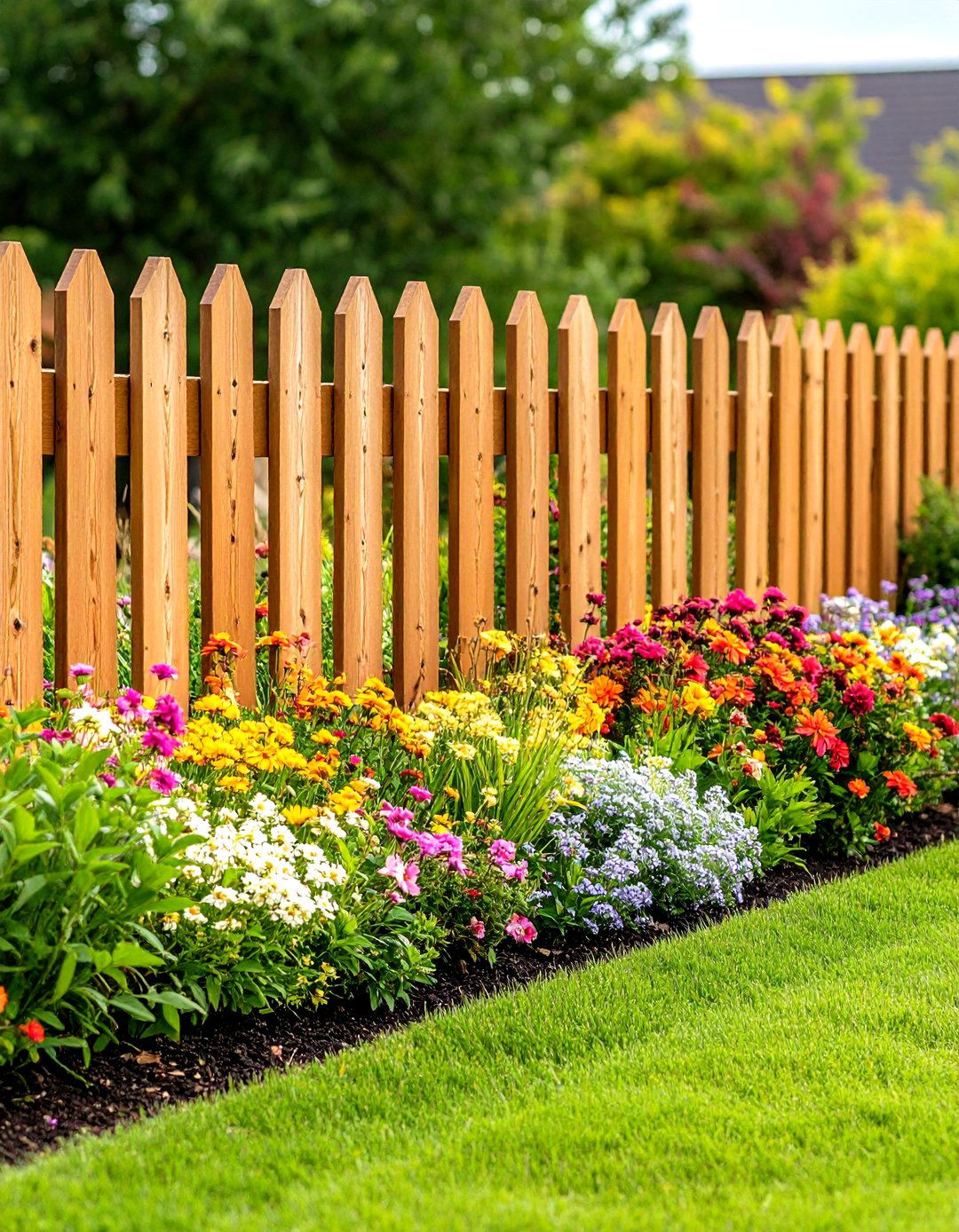
Frame your flower beds or vegetable patch with a low split rail fence and plant ornamental grasses behind it. The tall, swaying grasses contrast against the horizontal rails, creating a soft, naturalistic boundary. This design draws the eye along garden rows and offers textural diversity, while still maintaining clear sightlines over the fence for an open, airy feel.
8. Cable and Rail Hybrid
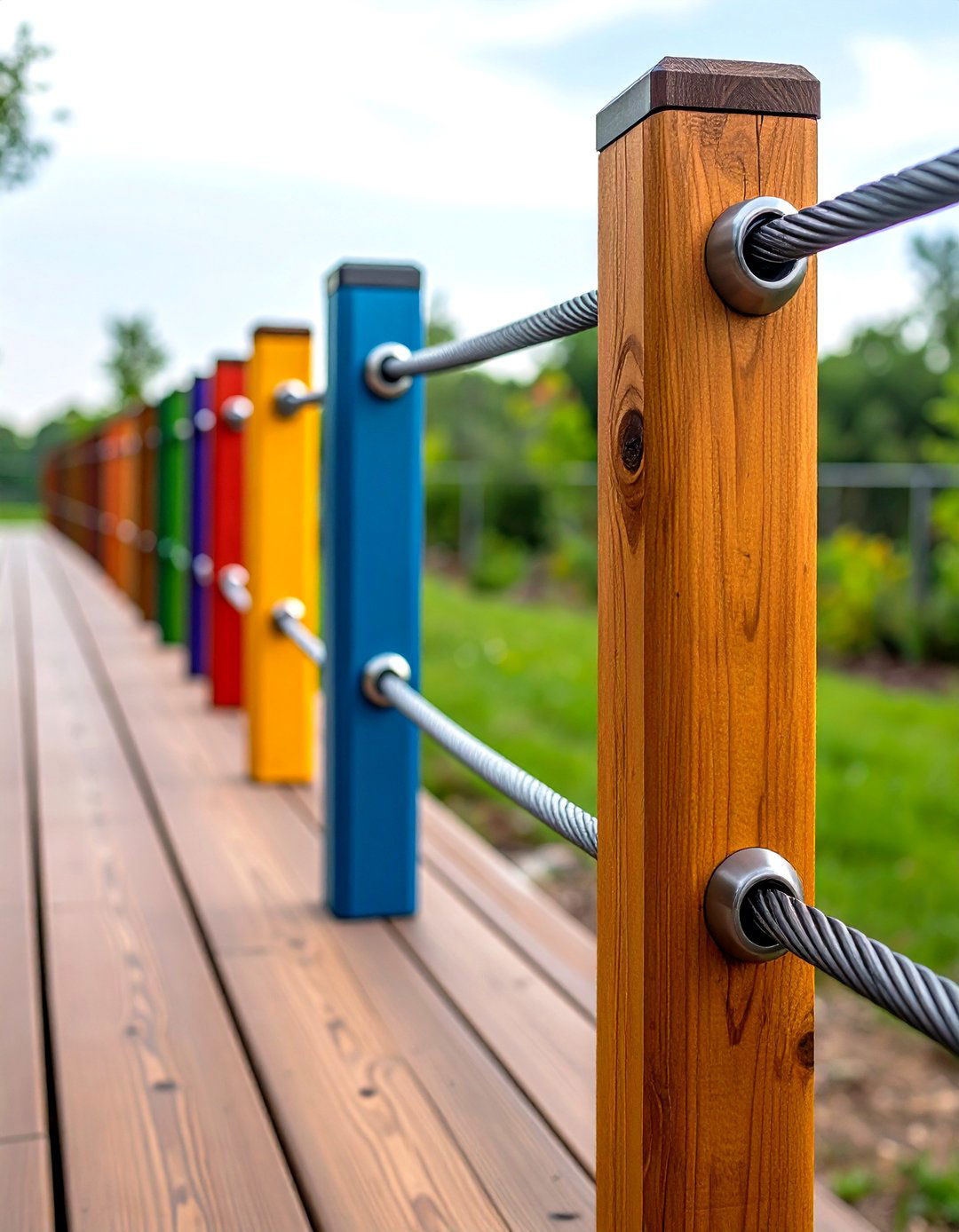
Combine the warmth of wood with the sleek lines of stainless steel cable infill for a contemporary twist. Replace one or two lower rails with tensioned cables that allow unobstructed views and modern aesthetics. This hybrid is perfect for waterfront properties or hillside vistas, ensuring safety without blocking scenic panoramas, and the low-maintenance cable won’t sag under normal conditions.
9. Angled Corner Posts for Stability
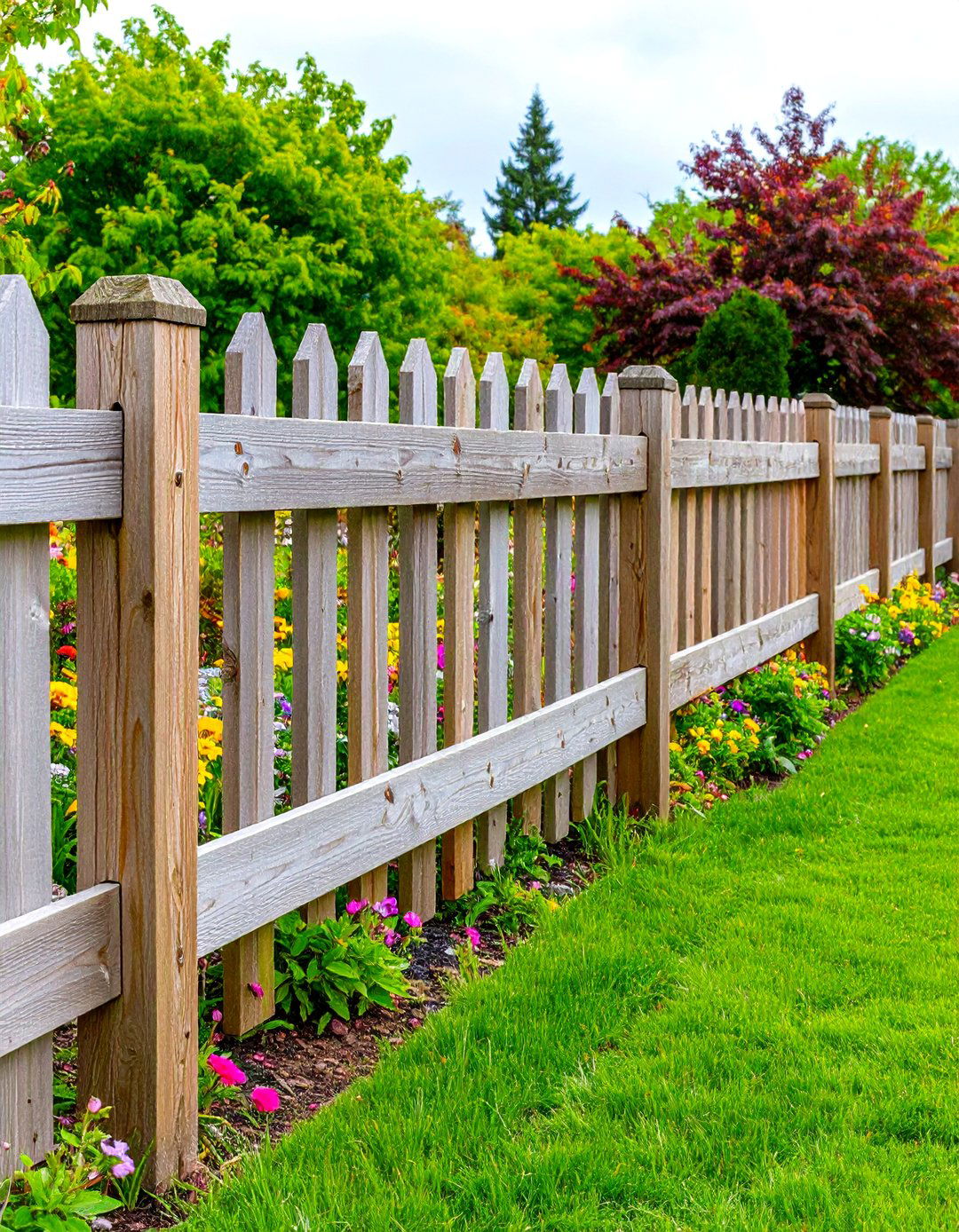
V-shaped corner bracing—where two angled rails meet at a post—reinforces structural integrity at fence turns. This method distributes tension more evenly and prevents sagging at pivotal points. Sharp angles benefit long runs or hilly terrain, ensuring the fence remains taut and aligned. Angled braces also add subtle detail, showcasing craftsmanship in traditional split rail construction.
10. Rustic Reclaimed Wood
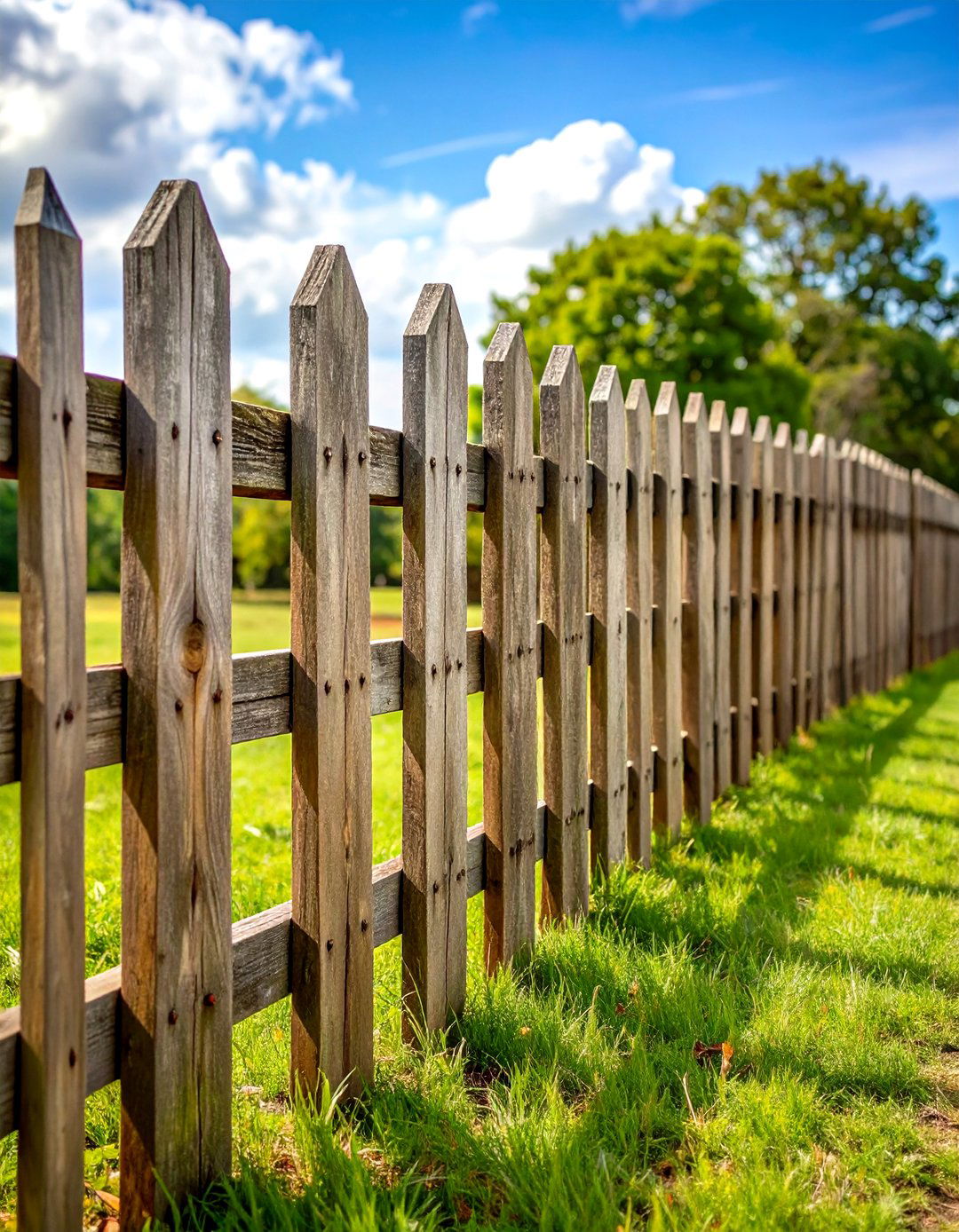
Salvage weathered timber from old barns or railroad ties to craft a fence with unparalleled character. Reclaimed wood reveals knots, nail holes, and patina that tell a story, creating a truly one-of-a-kind boundary. Proper treatment—such as cleaning, de-nailing, and applying a sealant—ensures safety and longevity. This eco-friendly option reduces waste and blends history into your landscape.
11. Galvanized Pipe Rails
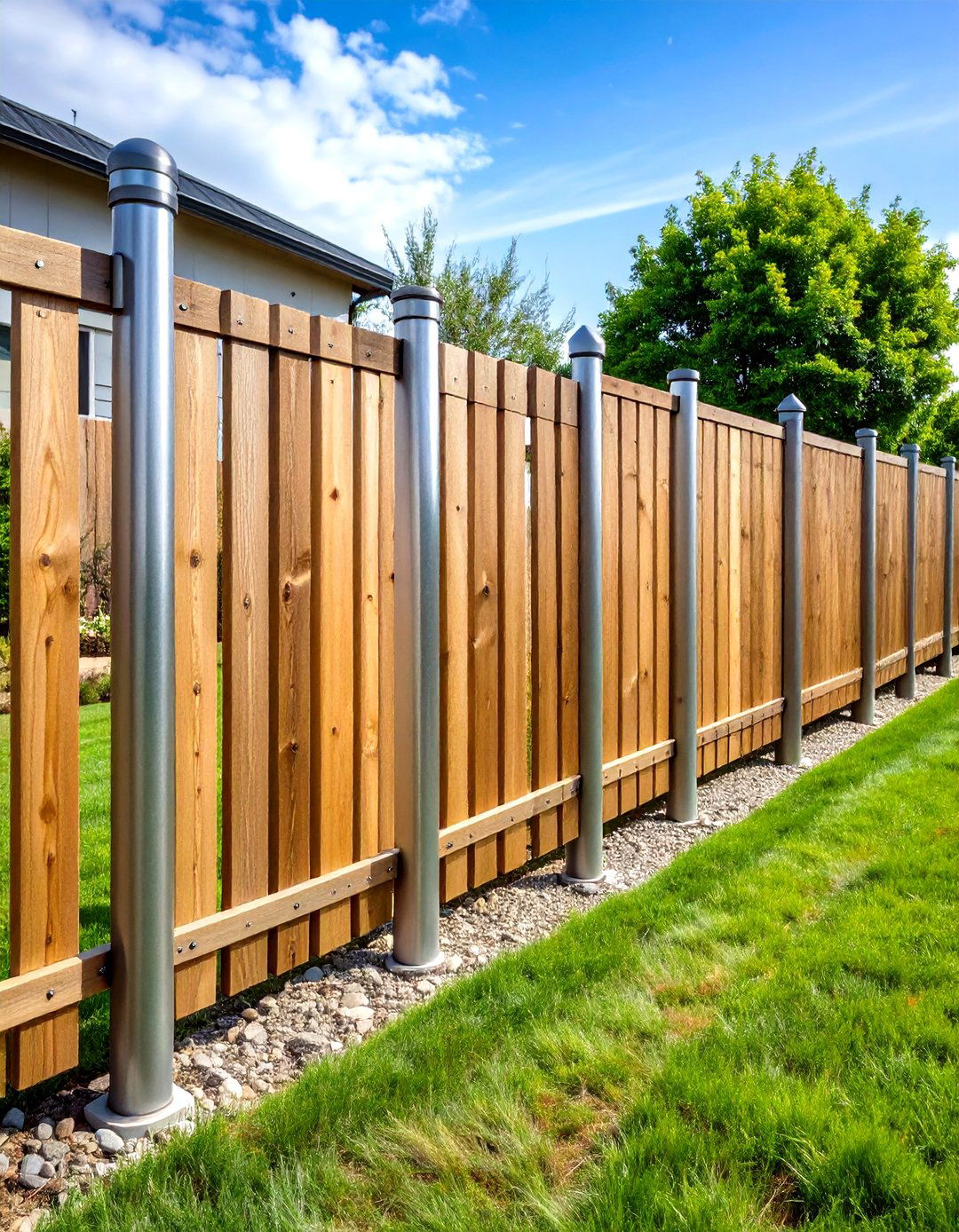
For an industrial-chic look, alternate wooden split rails with galvanized steel pipes. The metal rails provide rigidity and resist warping, while the wood maintains rustic warmth. This combination suits barns, equestrian centers, and modern farmhouses, offering a durable solution that handles heavy use. Galvanized coatings prevent rust, reducing maintenance and extending service life.
12. Fence with Integrated Seating

Transform a fence corner into an outdoor nook by adding built-in benches between posts. Use sturdy wooden planks that match fence rails to create a cohesive look. This dual-purpose design serves as both boundary and seating area—ideal for watching sunsets or supervising garden activities. Cushioned seats and decorative throw pillows can further personalize the space.
13. Split Rail with Horizontal Boards

Enhance privacy by sandwiching horizontal boards between split rails. The boards can be spaced narrowly to obstruct sightlines or placed flush for full seclusion. This layered approach combines the openness of a rail fence with the privacy of a solid board fence. Stain the boards a contrasting color to highlight the layered effect and add visual interest.
14. Maximizing Privacy with Double Rails

Install an extra rail in the midsection to narrow the gaps between rails, boosting discretion without building a solid wall. This technique increases visual screening while preserving the traditional split rail aesthetic. It’s particularly useful along property lines bordering busy streets or neighbors, providing a sense of enclosure and security in a tasteful, understated manner.
15. Low-Maintenance Vinyl Imitations

Vinyl split rail fences mimic wood grain and profiles but require virtually no upkeep—no painting, sealing, or rotting rails. High-quality PVC formulas withstand UV exposure and won’t crack in freezing weather. This option suits homeowners seeking the rustic look without long-term maintenance. Vinyl rails can also be pressure-washed clean, making them ideal for coastal climates with salt spray.
16. Decorative End Posts and Finials

Elevate standard posts with ornamental post caps or finials—think acorns, lanterns, or engraved wooden motifs. These embellishments draw the eye and provide a refined counterpoint to rugged rails. Finials also protect post tops from moisture infiltration, prolonging their lifespan. Choose metal or wood accents to complement your home’s architectural style and personalize your fence.
17. Wildlife-Friendly Fence Design
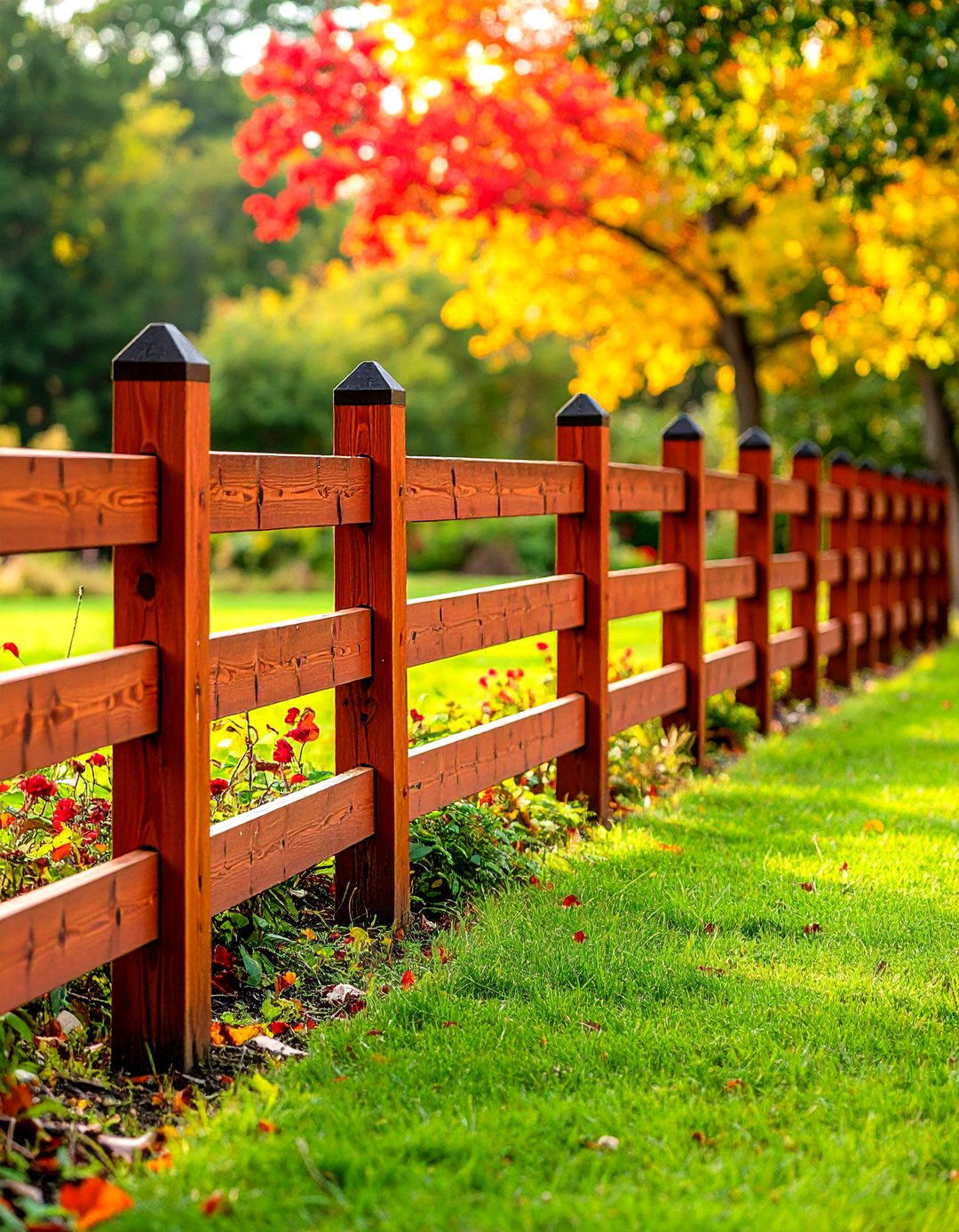
Create passages for small wildlife by raising the bottom rail a few inches off the ground. This gap allows frogs, hedgehogs, and insects to traverse territories safely. Meanwhile, upper rails still contain larger livestock or garden areas. Such ecological consideration ensures your fence supports biodiversity and integrates harmoniously with the surrounding ecosystem.
18. Solar-Powered Post Cap Lights
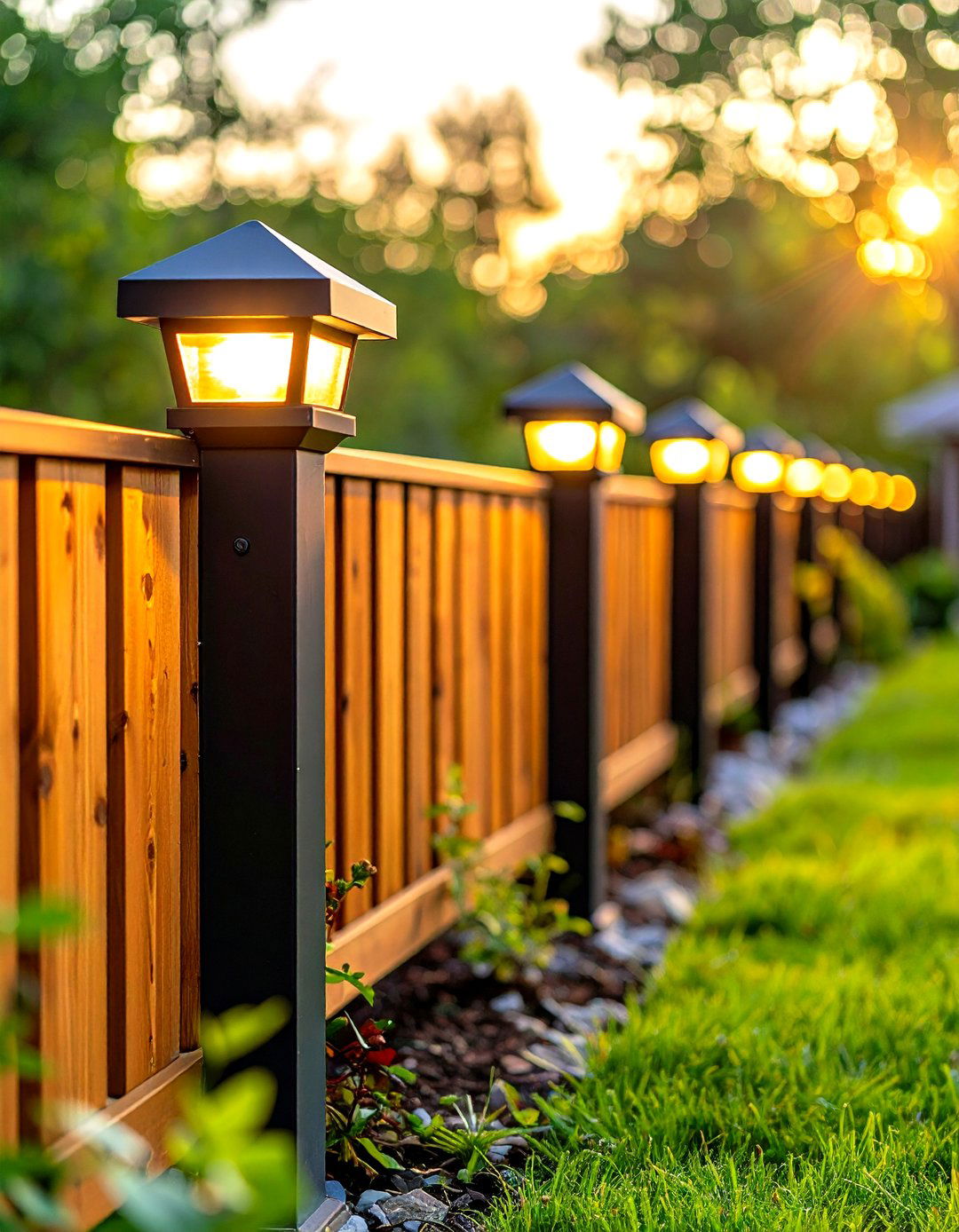
Install post caps with integrated solar-powered LED lights for evening illumination. These caps charge during the day and automatically light pathways at dusk, enhancing safety and ambiance. Opt for warm-white LEDs that complement wood tones. Solar caps require no wiring and blend seamlessly with traditional fence profiles, offering eco-friendly lighting solutions for country lanes and front yards.
19. Lakefront Garden Fence Styling

Frame waterfront properties with split rail fences that transition into garden beds planted with native perennials. The low-profile rails maintain lake views while marking boundaries. Raised flower beds along the fence soften transitions between turf and water, and moisture-tolerant plants thrive in shoreline conditions. This approach unites function and form in scenic settings.
20. Modern Minimalist Split Rail
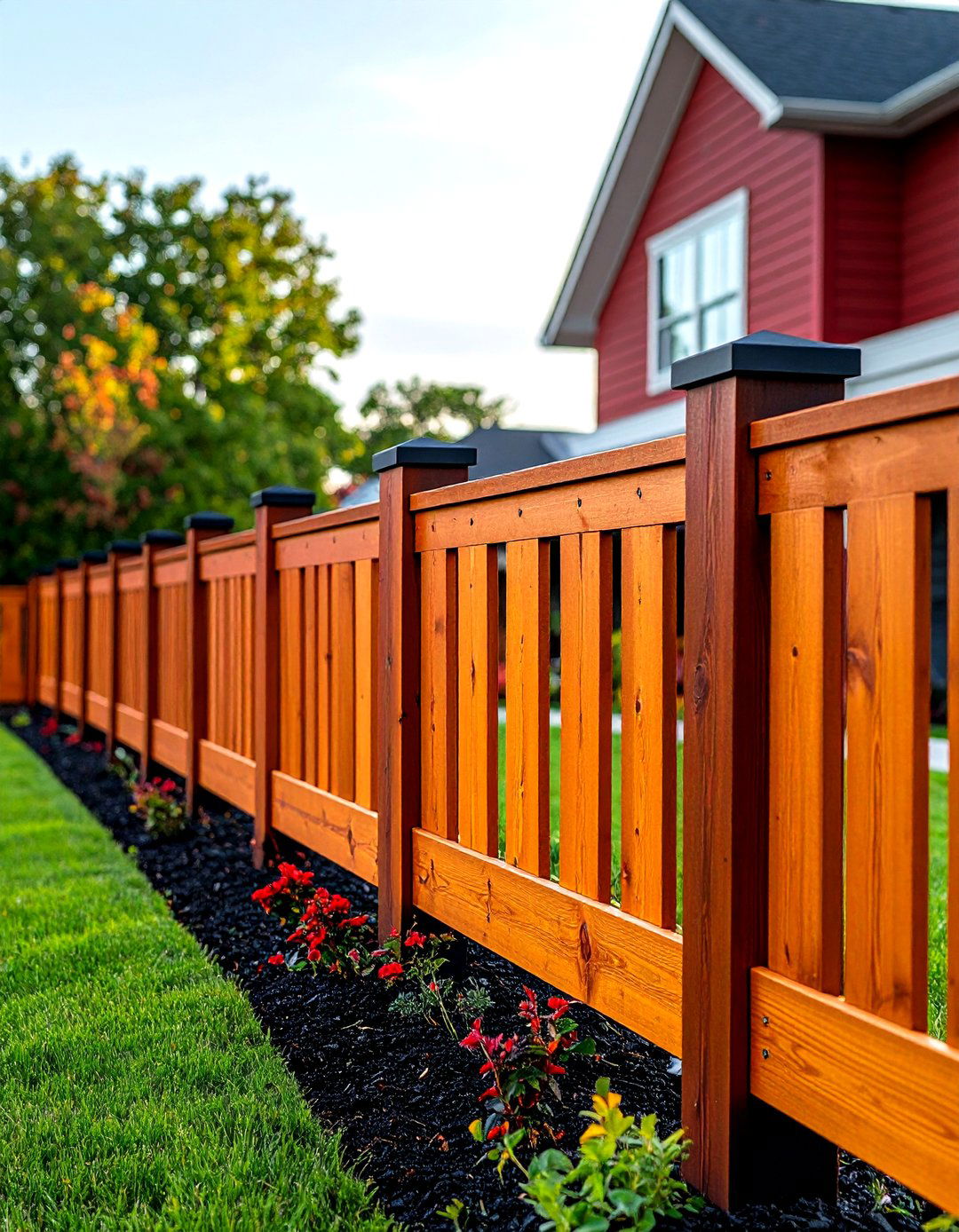
For contemporary landscapes, use evenly spaced, clean-cut rails with square posts and hidden hardware. Stain rails in monochromatic hues—charcoal, slate, or natural gray—to match minimalist decor. Keep rail count low (two or three) and maintain uniform gaps. This understated design aligns with modern architecture and urban garden layouts, proving split rail fences can transcend traditional rustic stereotypes.
Conclusion:
Split rail fences combine simplicity of construction, historical resonance, and design flexibility to suit nearly any landscape. Whether employing traditional zig-zag rails on open fields or modern hybrids with metal and cable, these fences provide functional boundaries and aesthetic enhancement. From wildlife-friendly gaps to integrated lighting and planter boxes, the myriad customization options ensure each fence reflects its environment and the homeowner’s vision—making split rail fencing a timeless choice.


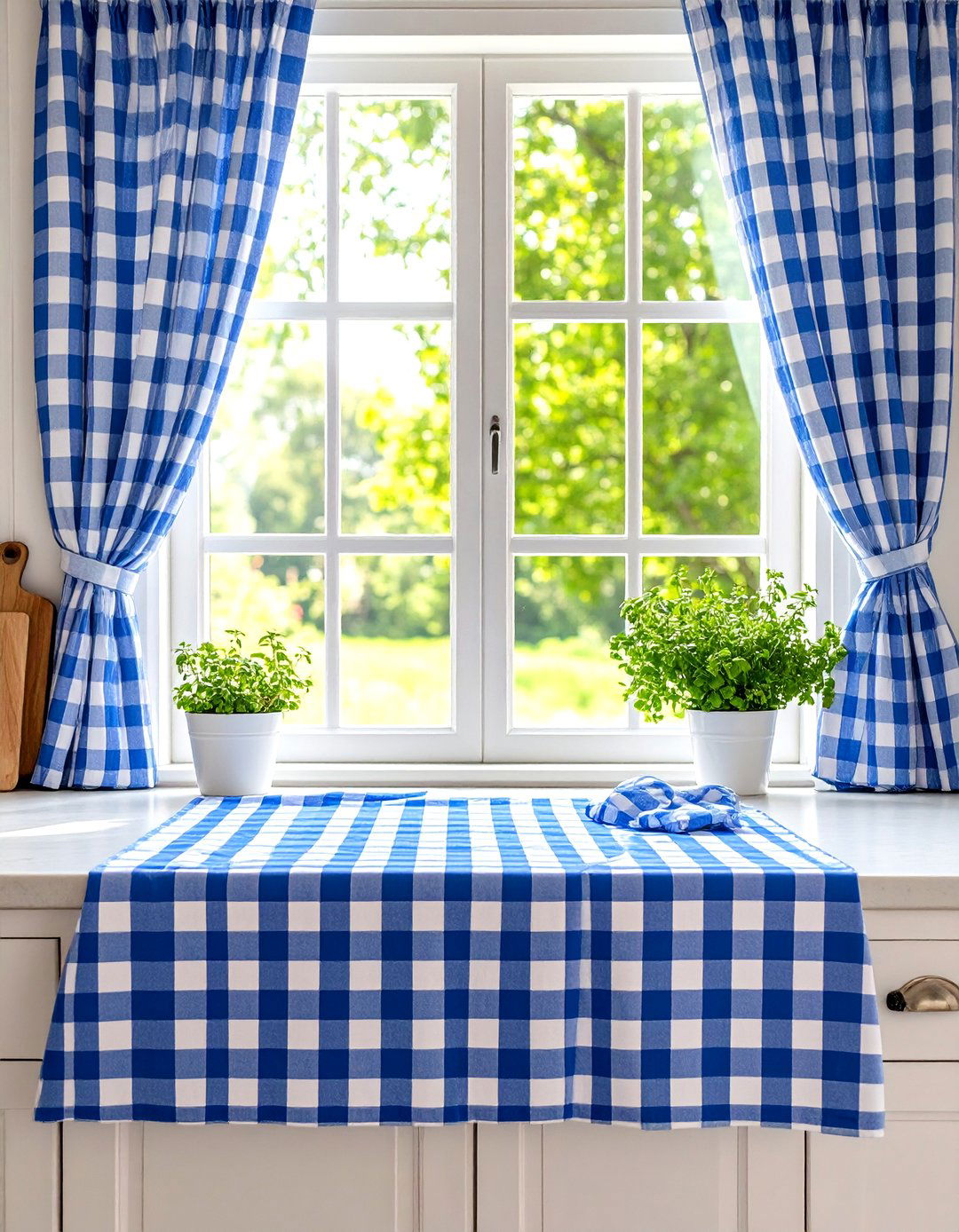
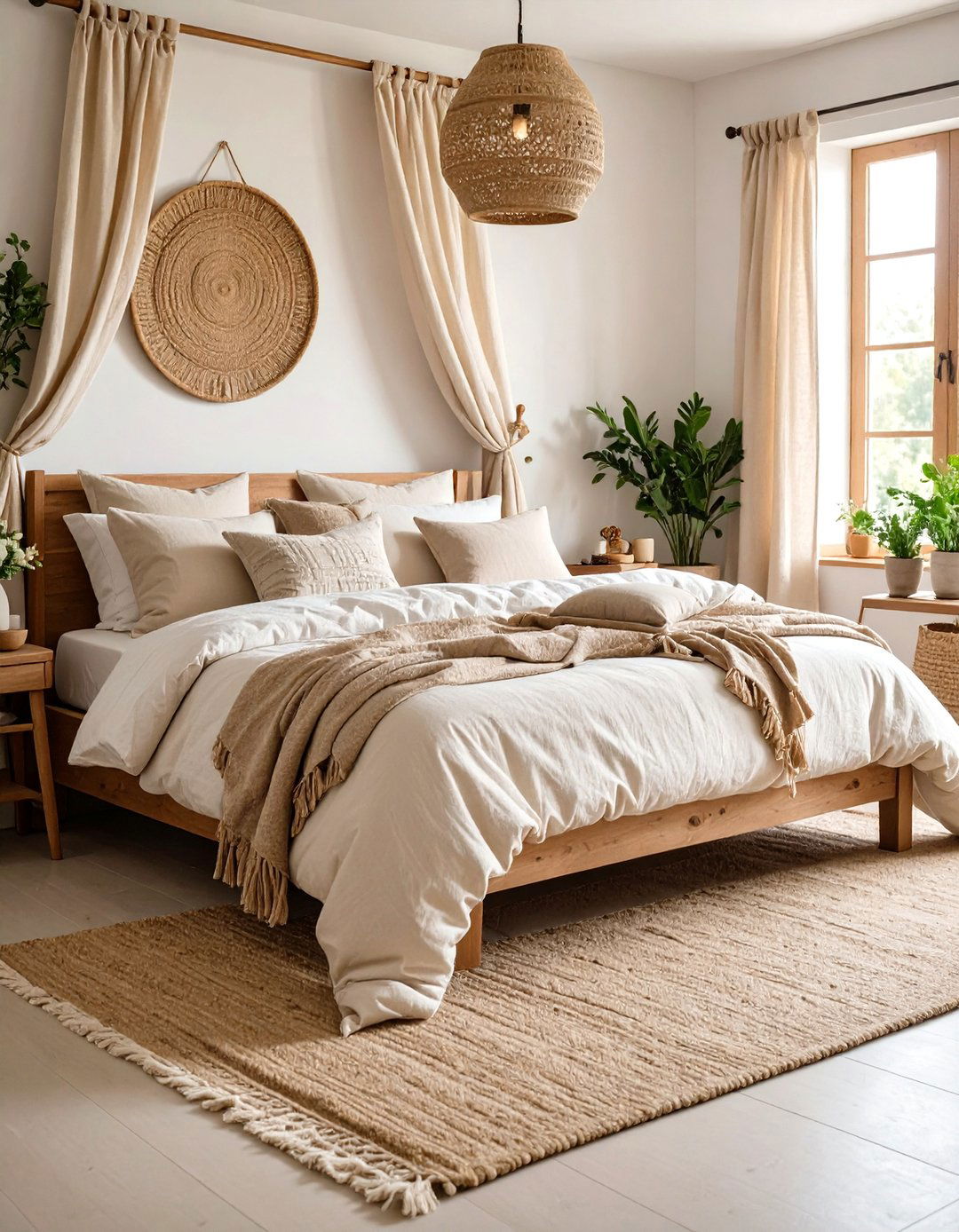
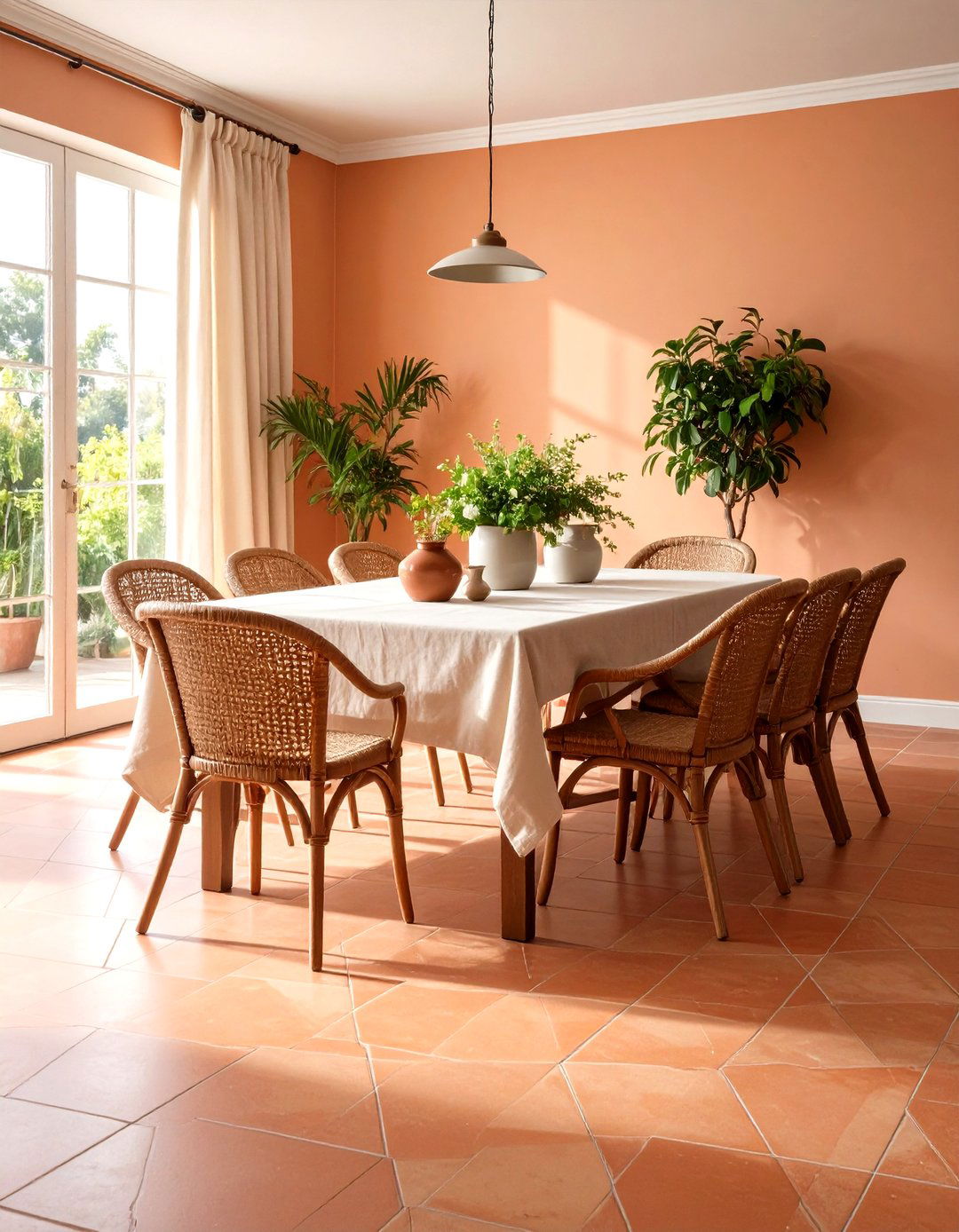


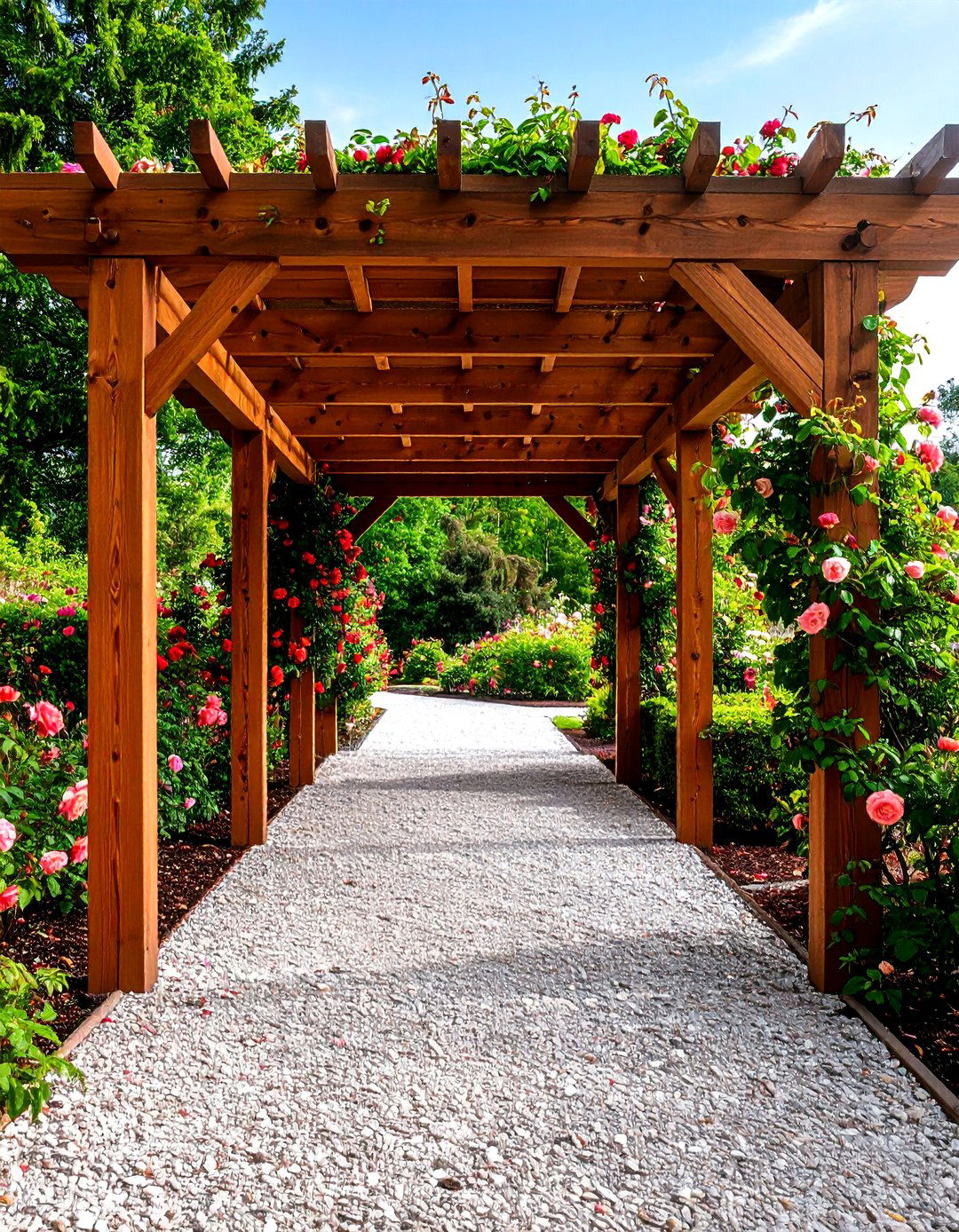

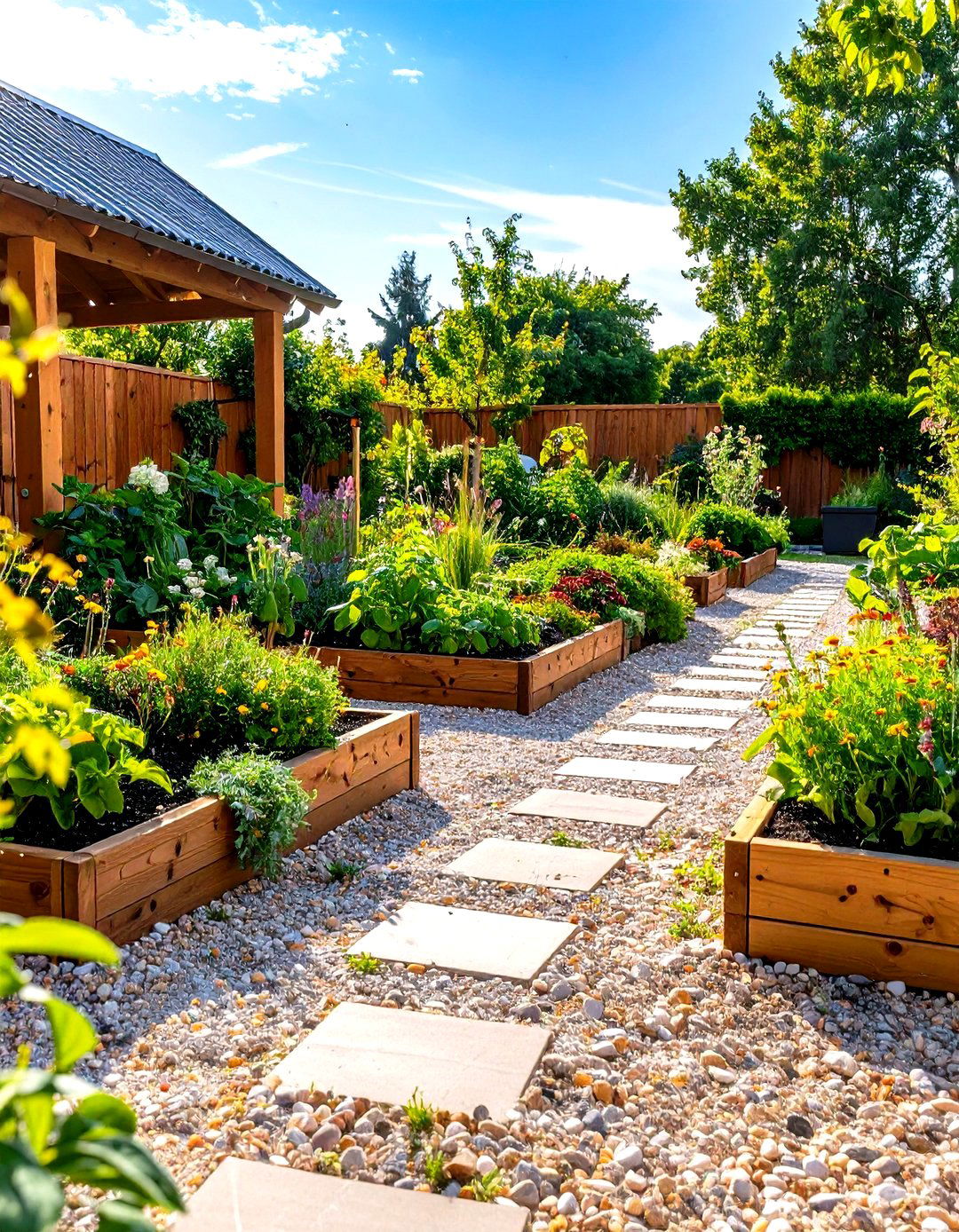
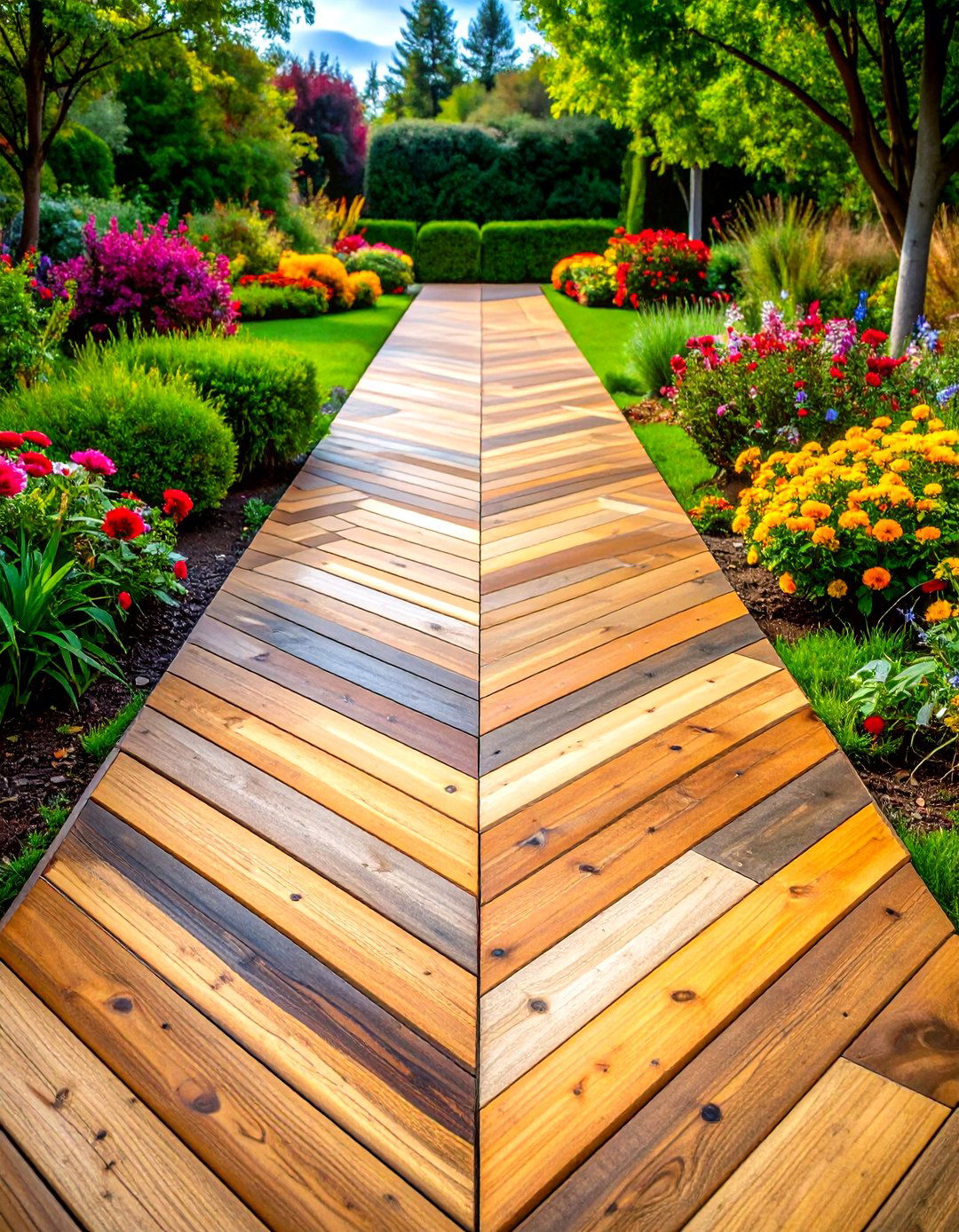
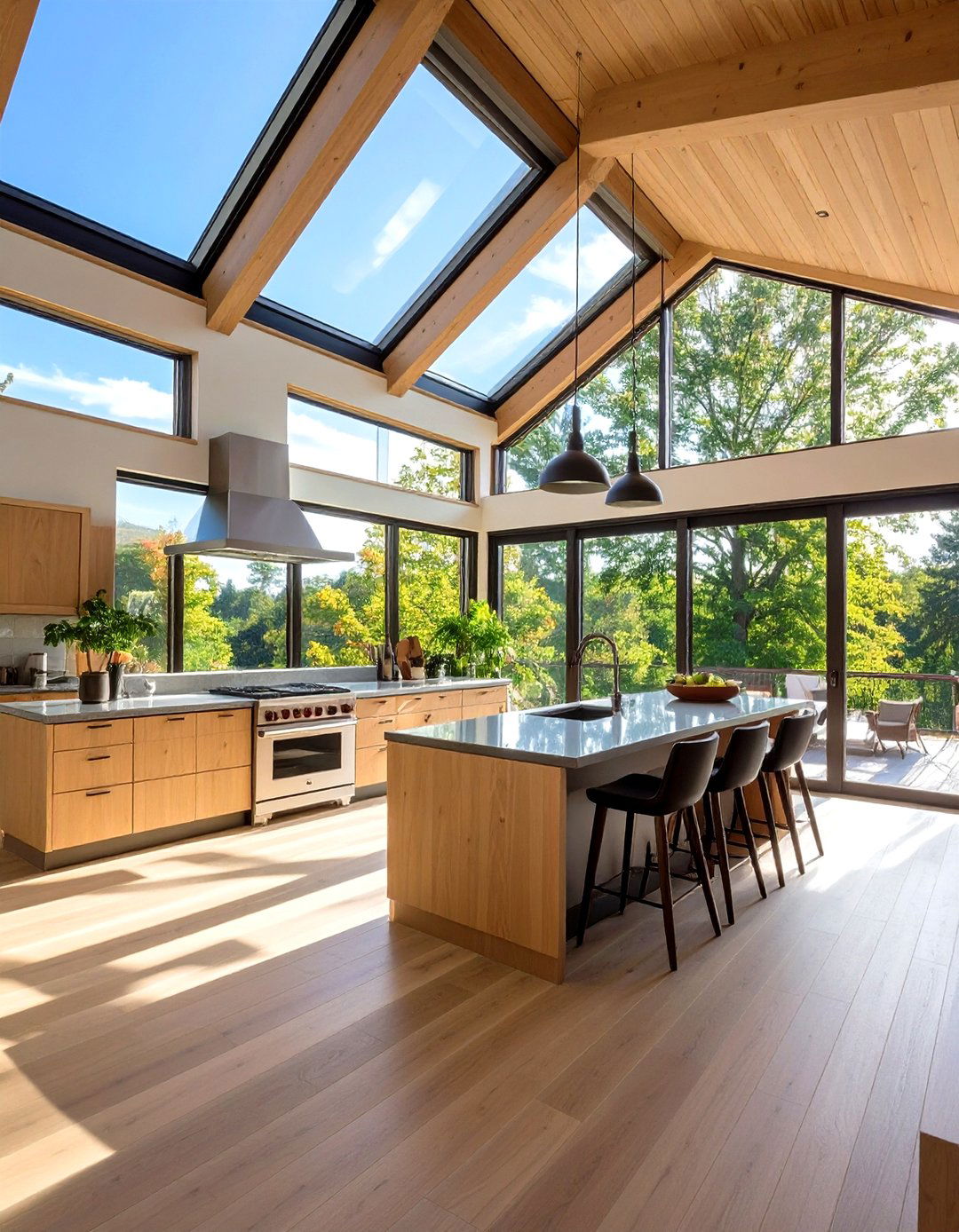
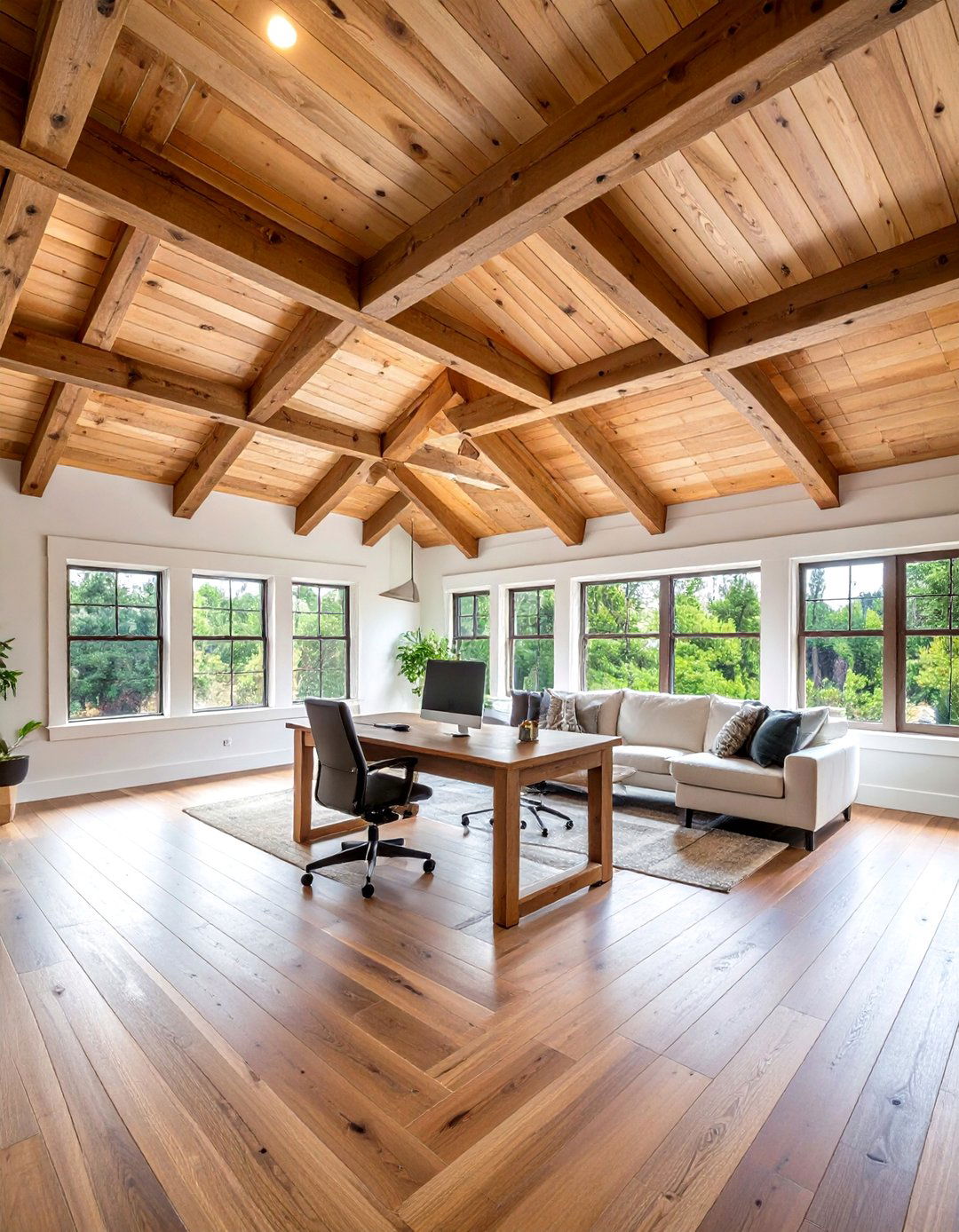
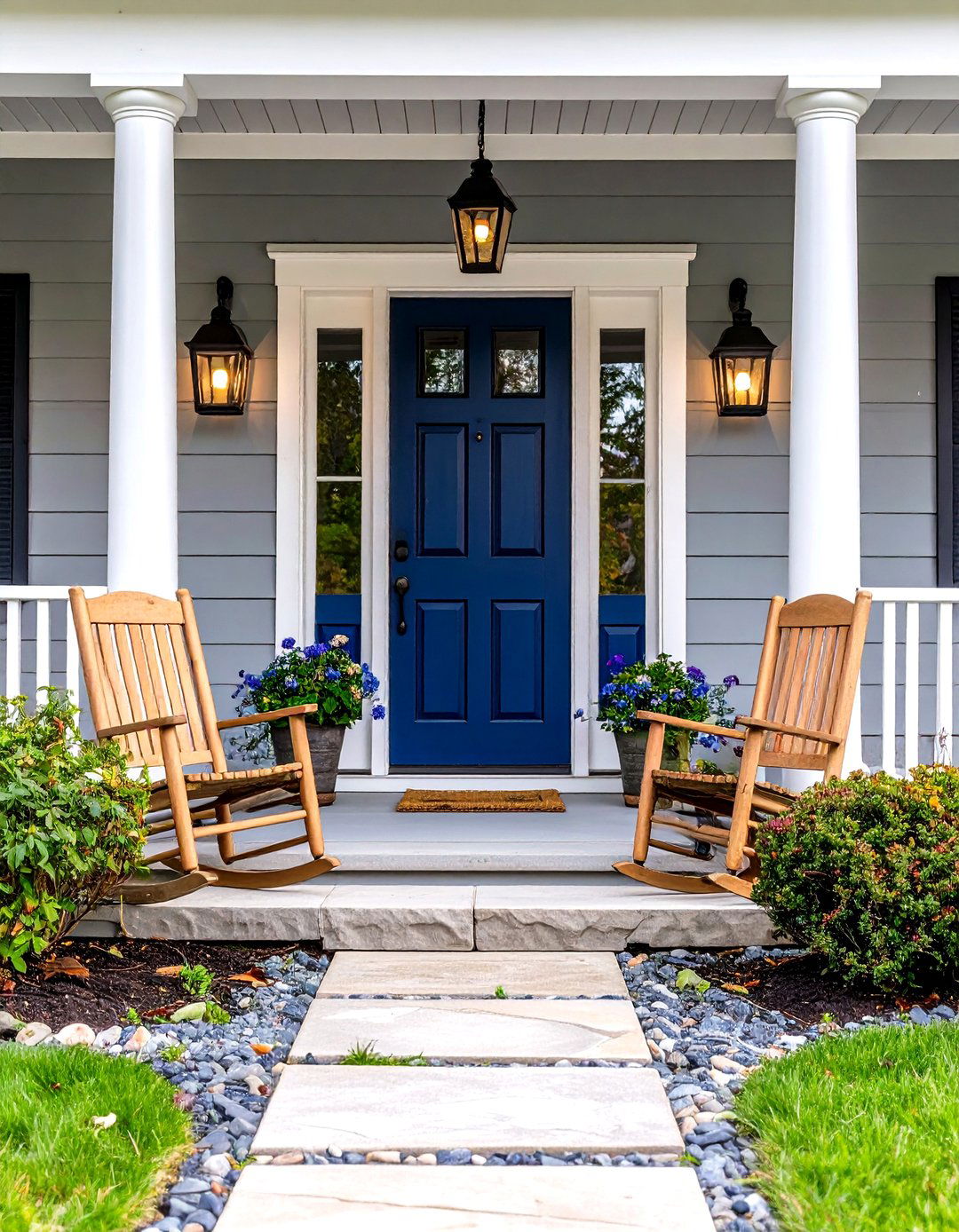
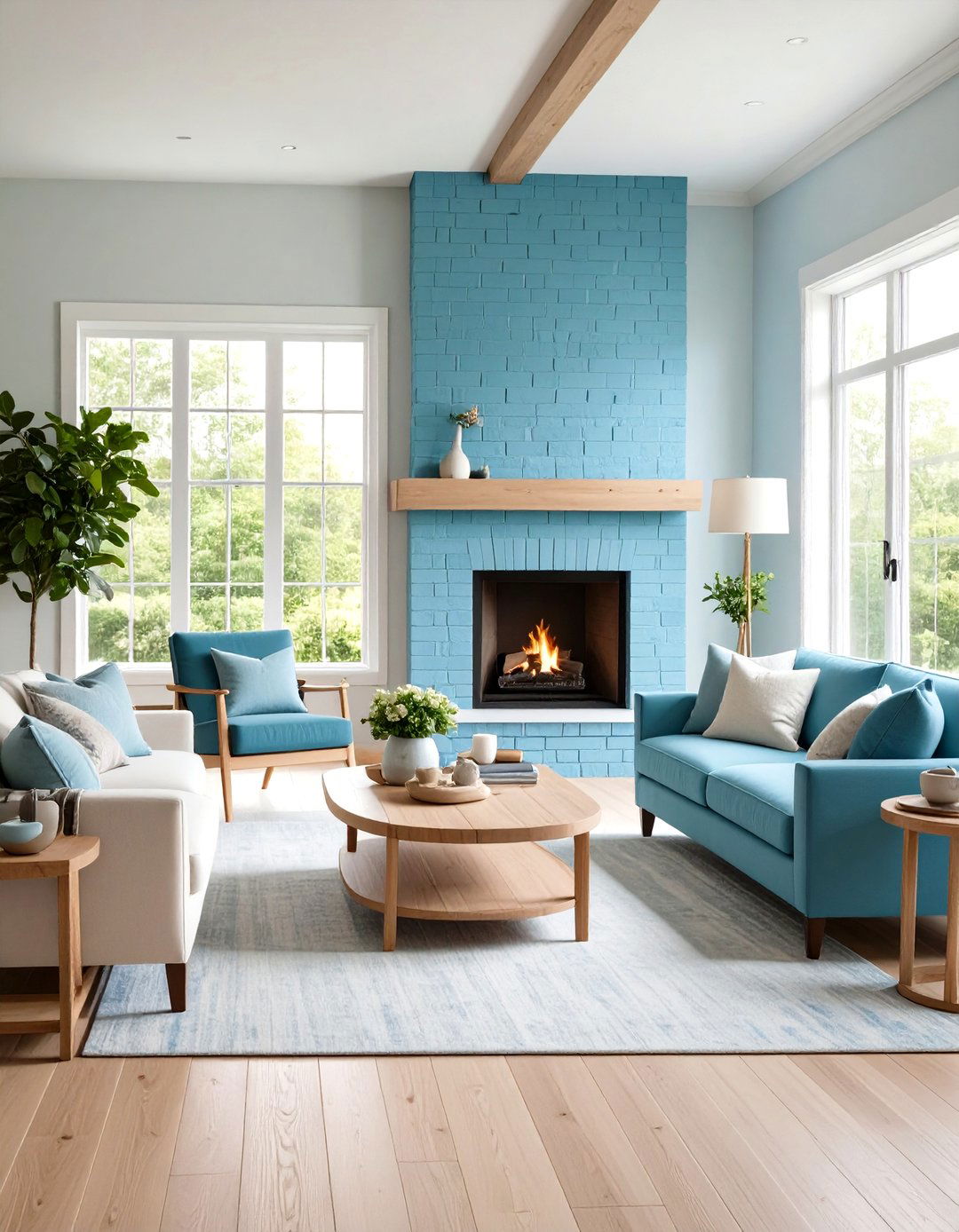

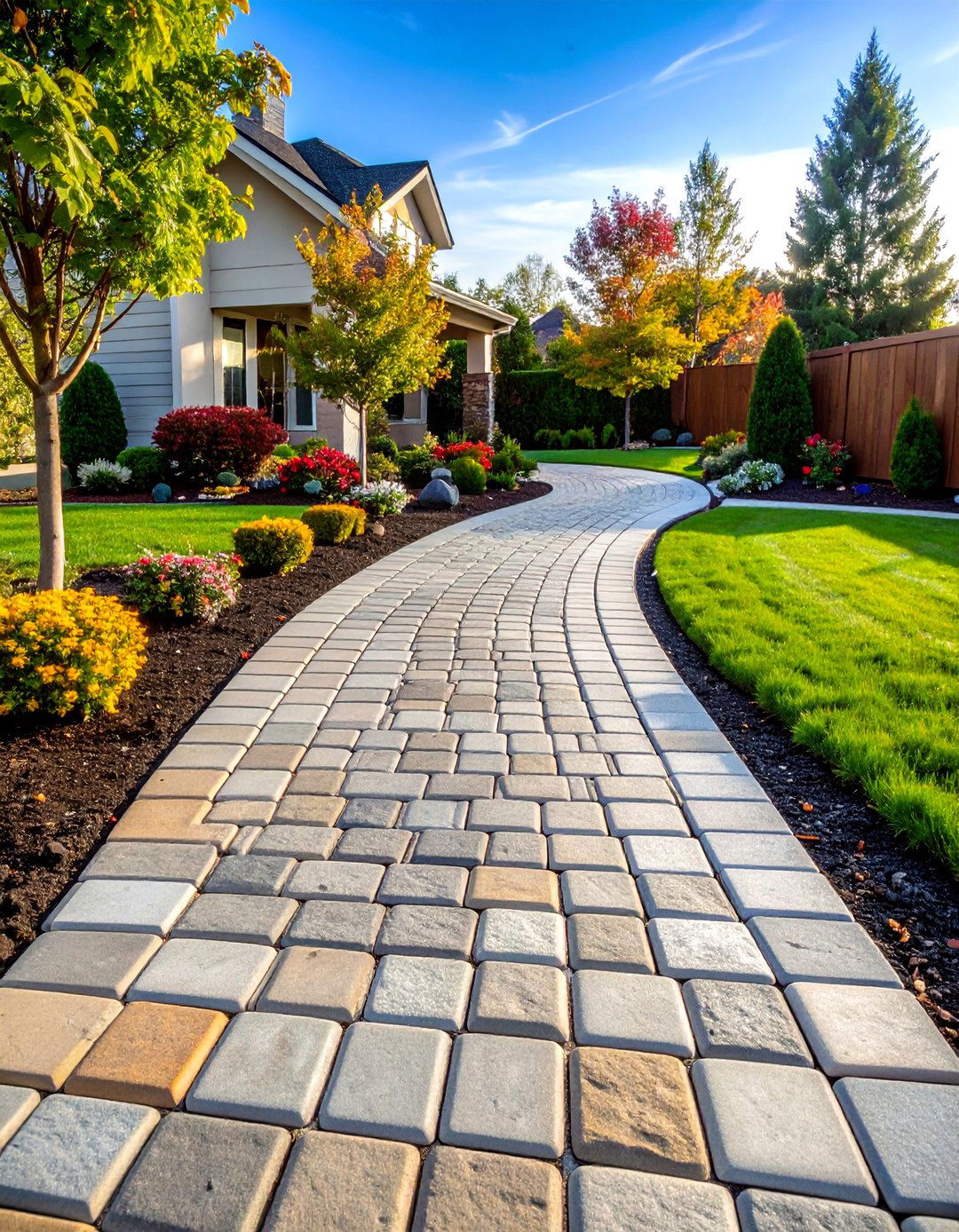
Leave a Reply